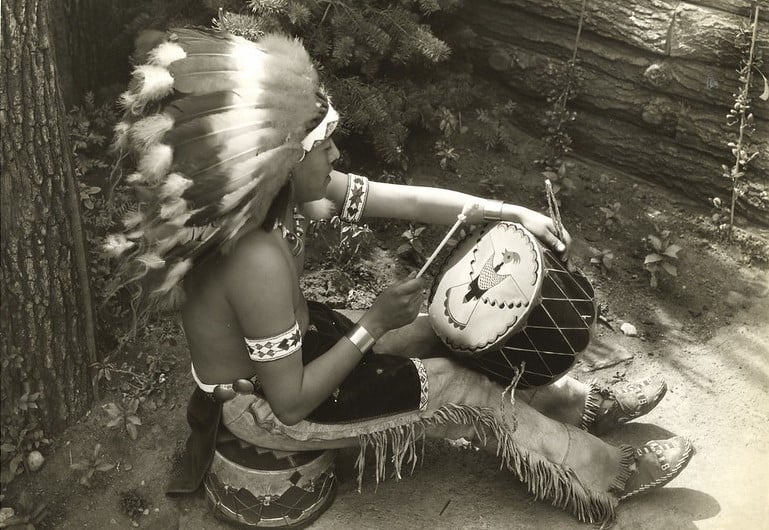
Researchers in the United States have analyzed thousands of ancient artifacts to track the population history of Indigenous communities in North America. Their decade-spanning study sheds light on how the Native American population grew and declined long before European settlers arrived.
The team, composed of archaeologists and anthropologists, examined food remains, bones, textiles, and other objects left behind over the past 2,000 years.
Using radiocarbon dating, they determined the age of more than 60,000 artifacts collected from various sites across the continent. Their findings provide one of the most detailed reconstructions of Indigenous population patterns.

Filling a gap in history
Previous research has largely focused on the sharp decline of Indigenous populations following European contact, but little attention has been given to the years prior.
The team aims to fill this gap by estimating the population numbers in different regions of what is now the U.S. and Canada over time.
Researchers could estimate how population numbers shifted by analyzing the quantity and types of artifacts from different periods.

Their findings suggest that Indigenous populations reached their peak around the year 1150. After that, the numbers fluctuated, with some areas experiencing rapid growth while others saw a decline.
Rise and Fall of Indigenous Cities
One of the study’s most striking discoveries involved Cahokia, the largest known city in prehistoric North America. Located near present-day St. Louis, the city thrived around 1100, when the population peaked.
However, environmental pressures, including over-farming, excessive hunting, and climate shifts, led to a decline, that led to the city’s complete abandonment by 1350.

Cahokia was not the only settlement affected by such changes. Researchers found that different regions experienced population rises and falls at varying times, influenced by factors like food availability, climate, and migration.
Impact of European Arrival
The study also found that the Native American population was recovering from previous declines and beginning to grow again by the late 1400s. However, numbers dropped dramatically after European explorers and settlers arrived. Disease, displacement, and violence led to a sharp and sustained decline over the following centuries.
According to the researchers, these findings provide critical insights into the resilience of Indigenous communities before their population collapse.
The study’s lead author emphasized that understanding past population trends is key to reconstructing the full history of Indigenous people in North America.
The research team published their findings in the PNAS journal, highlighting how long-term studies of ancient artifacts can offer a deeper understanding of history. Their work continues as they analyze more sites across the continent to refine estimates of past population sizes.